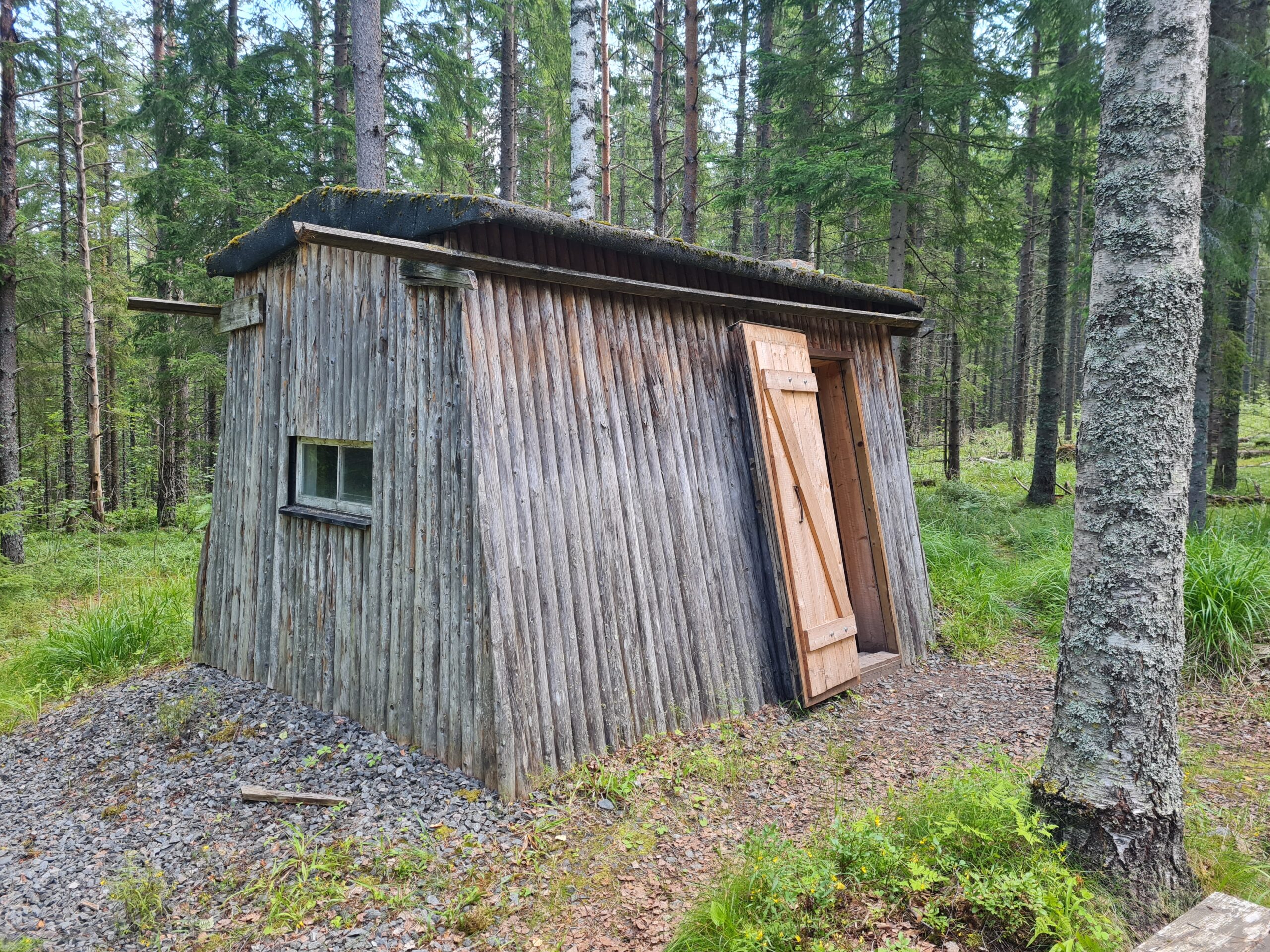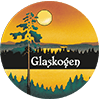
History of Glaskogen
The name Glaskogen appears in the 17th century for the first time. Where the name Gla comes from is unclear, but there are many lakes and waterways in the area that are called something like Gla. Such as Stora Gla and Övre Gla, Glaåkern and Glafsfjorden. There are also place names such as Glava in the area. And Glava is mentioned for the first time as Gladwol in 1503 (where wol is interpreted as dyke and the whole meaning of the name is interpreted as “the smooth grassland” by the river Gladh(a)). Hereby we think we know that it was the watercourse’s name Gla that gave rise to many other names in the area and thus also to forest (in Swedish = skogen) surrounding the waterways.
Today we see Glaskogen as a beautiful landscape with hills and mountains and valleys, many lakes and streams and (partially) deep forests. But in the past it was not exactly attractive to settle in the area because it was very difficult to access and the land difficult to farm. But there are many ancient remains such as stone age settlements and trap pits are found in several places in the area.
In the 17th century, however, many Finns came here and put down their stilts. They cleared the land with the help of a burn plow and part of Glaskogen is still called “Finnskogen”.
Glaskogen also has long mill traditions in the form of several iron mills, copper works and sawmills. In 1857, a glass factory was built at Lake Stora Gla. Hand-blown window glass from Glava Glasbruk became a famous product and can now be seen in its own museum.
